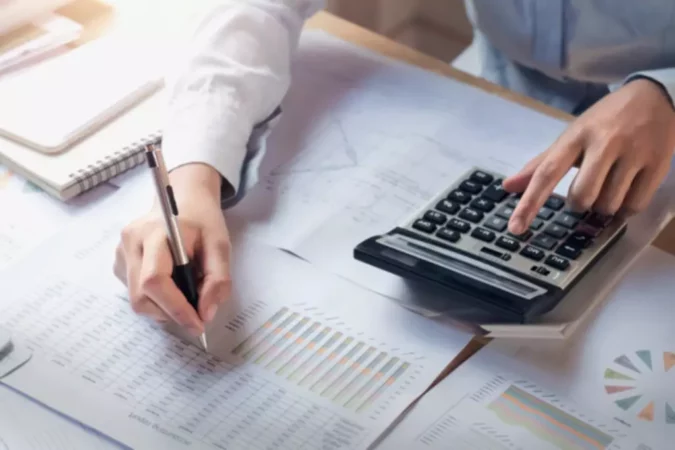Overview
There are various types of expenses in accounting that are associated with a company’s operating, financing, and other activities. Costs represent the cost of material, labor, financial, natural, informational, and other types of resources spent on the production and sale of products for a certain period of time.
Expenses, on the other hand, are expenditures for a certain period of time, documented, economically justified (reasonable), which represent a decrease in economic benefits during the reporting period, occurring in the form of disposal or decrease in the value of assets or an increase in liabilities.
Expenses are reflected in the calculation of the company’s profit in the Income statement. The concept of “expenses” is broader than the concept of “costs”, but under certain conditions, they can coincide.
Types of expenses
There are several common types of expenses in accounting, which are listed below:
- Cost of services/goods sold
- Operating expenses
- Non-operating expenses
- Financial expenses
- Extraordinary expenses
- Non-cash expenses.
The variety of types of expenses, unfortunately, leads to the fact that sometimes bookkeepers incorrectly group them. Some of them are simply confused: “What difference does it make where I put these expenses – administrative expenses, financing expenses, or cost of goods sold?”. Thus, let’s review each type more closely.
Cost of services/goods sold
The cost of services or goods sold, which depends on whether you provide services or make/sell goods, is a very simple complex. This is everything that your organization spends on that final product or service which the customer will receive. For example, if you are building houses, you will have the following costs:
- Labor costs – These are wages, taxes, and all other associated expenses of workers that work on the site and are directly involved in the building process.
- Materials – You, obviously, need wood, windows, and an endless list of other materials to get the house ready for the buyers.
- Permits – As a builder, you will need to purchase various permits for the house to be approved by appropriate authorities.
- Other costs.
For retailers or service providers, these would be direct labor spendings and cost of goods you use to provide services (e.g. nail polish for a beauty salon) or cost to purchase goods from suppliers and get them ready for the customer.
Operating and non-operating expenses
When it comes to operating expenses, these are spendings that a company cannot avoid if it wants to continue running its business and simply expenses that it incurs in the normal course of its activities. Commonly incurred operating expenses you would see in the bookkeeping records are payroll, travel expenses, amortization, taxes, rent, repairs, and so on.
Some businesses like to create a subcategory under operating expenses to differentiate between selling, general and administrative expenses, and all other operating expenses. One-time and unusual costs along with expenses that occur outside of a company’s day-to-day activities are known as non-operating expenses.
Financial expenses
Most companies have some type of financing activities. Expenses associated with these activities are known as financial expenses. The most common expense you will see on the financial reports is interest expense. Bank fees, auditor fees, commissions, prepayment fees, and other charges also fall under financial expenses.
Extraordinary expenses
These are expenses that a business incurs very infrequently and things that are unusual in nature. What are some examples of such extraordinary expenses? This can be a natural disaster or a fire in the office that led to spendings the business would not otherwise have. These can also be spendings related to the disposal of an important business asset.
Non-cash expenses
Just like the name says, there are business transactions where no cash actually exchanges hands. However, these expenses are still presented in the Income Statement. The most common item you would see on the financial statement is the depreciation expense. If you are familiar with this expense, this item is just added to the Income Statement to reflect the wear and tear of the main assets of the business.
Other expense types
For accounting, expenses can be divided into two more types.
- Fixed. They are not directly related to the volume of production. For example, the salary of an accountant will not typically change if you start producing 100 instead of 200 cakes a month.
- Variable. These depend on the quantity of manufactured or sold products and change proportionally. For example, if you increase the production of cakes from 100 to 200 per month, then at the same time the amount you spend on flour, sugar, and other ingredients goes up.
We can also point out two more categories of expenses. The indirect costs are money that can be attributed only to the cost of several products at once. At the same time without these costs, the business will not be able to produce the product.
Direct costs, on the other hand, form the cost of a particular product. For example, this includes raw materials, components, and other production supplies. Labor costs can also be direct. If you order packaging for products, then these are direct costs. If the contractor is engaged in the maintenance of computers in your office, then these are rather indirect costs.


















